Ear problemes

Ear DISEASES
Grass Awns

Introduction:
The awns of weed grasses are sharp and (sometimes) barbed grass seeds, which can cause a lot of discomfort after summer walks with our dogs. Often, after a lawn is mown, the grass clippings, which can contain a large amount of awns, are not picked up. The awns can easily get caught in the animal's fur and will burrow deeper into the animal's skin with each of their movements. Awns often pierce in between the dog's toes and can enter the ear canal (especially with long-eared breeds), however, in reality, awns can impale the skin over the entire body.
Symptoms:
After a summer walk, sudden limping and excessive leg/foot licking are typical symptoms. If the awns reach the ear canal the symptoms are more severe, with intense head shaking and ear spasms.
Prevention and Treatment:
During the grass awn season, it is a good idea to clip the hair, between the toes and in the ears, as short as possible. Dogs should not be allowed in very grassy areas or areas where the grass has recently been mown. After a walk, always look over and brush the dog's coat.
If the problem persists and the above symptoms occur, it is best to bring the dog to a veterinarian. Burrowed awns are not always easy to find, especially between the toes. Often the paw is bandaged and the wound from the awn is treated with topical antibiotics. The awns in the ear canal can reach the eardrum, and can even pierce through it, so it is essential to remove them as fast as possible. After removal it is occasionally necessary to treat the inflammation that has developed in the ear canal.
Outer Ear Infection (Otitis externa)
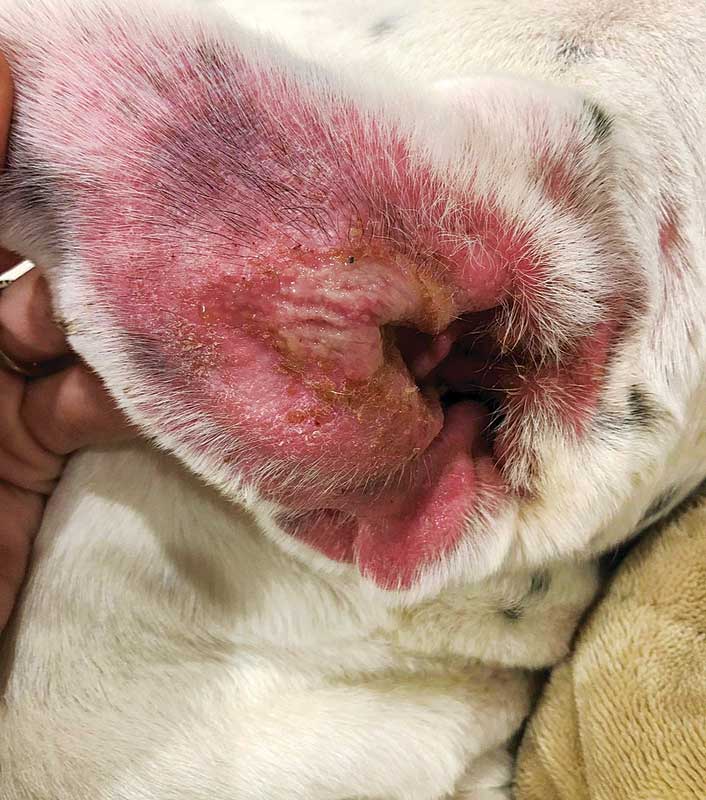
Introduction:
Inflammation of the outer ear canal can develop for a number of reasons and can cause unpleasant symptoms. It can progress from an allergy, from infectious agents (bacteria, fungi, mites), and from foreign substances (water, awns).
Symptoms:
The external canal and pinna of the ear may be red, sensitive, and itchy, and discharge may be seen.
Treatment:
Depending on the cause, ear drops can be an effective treatment and, when necessary, lab tests may be performed. As a last resort, in neglected cases, if conservative treatment is no longer successful, surgical solutions be suggested.
Middle Ear Infection (Otitis media)
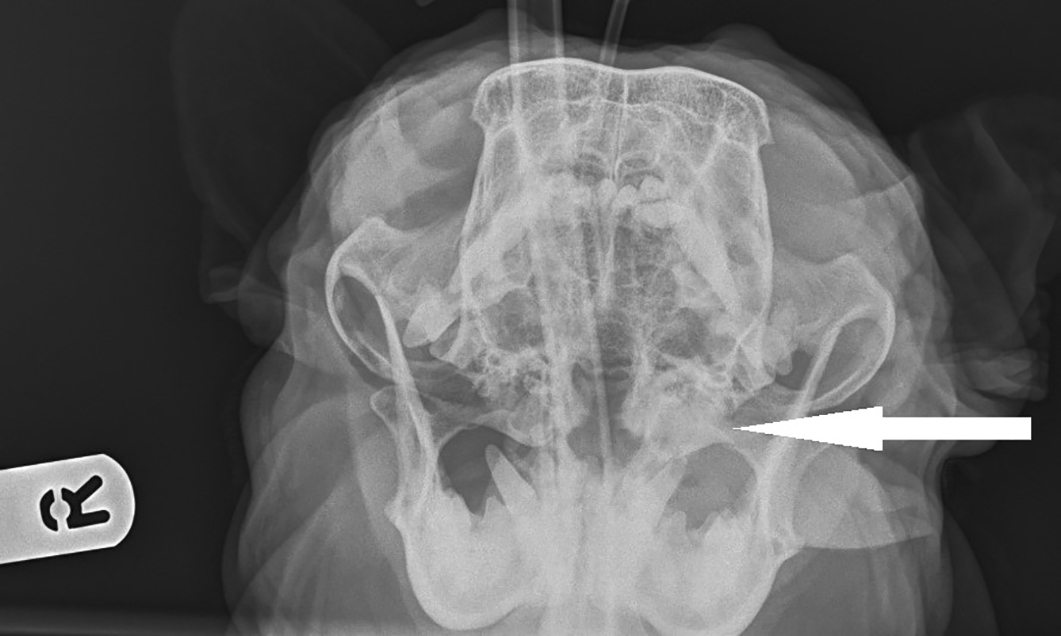
Introduction:
Otitis media can occur, in association with infection of the external ear canal, if the eardrum is damaged or, less commonly, in presence of middle ear disease self.
Symptoms:
The symptoms of otitis media are often more severe than those of otitis externa. Symptoms include: head shaking, pain, and often head tilting towards the infected ear.
Treatment:
In the case of a damaged eardrum, inflammation can be treated locally and generally with medicinal products. If the ear drum is ruptured or the infection is persistent, surgical cleaning of the tympanic cavity may be advised.
Inner Ear Infection (Otitis interna)
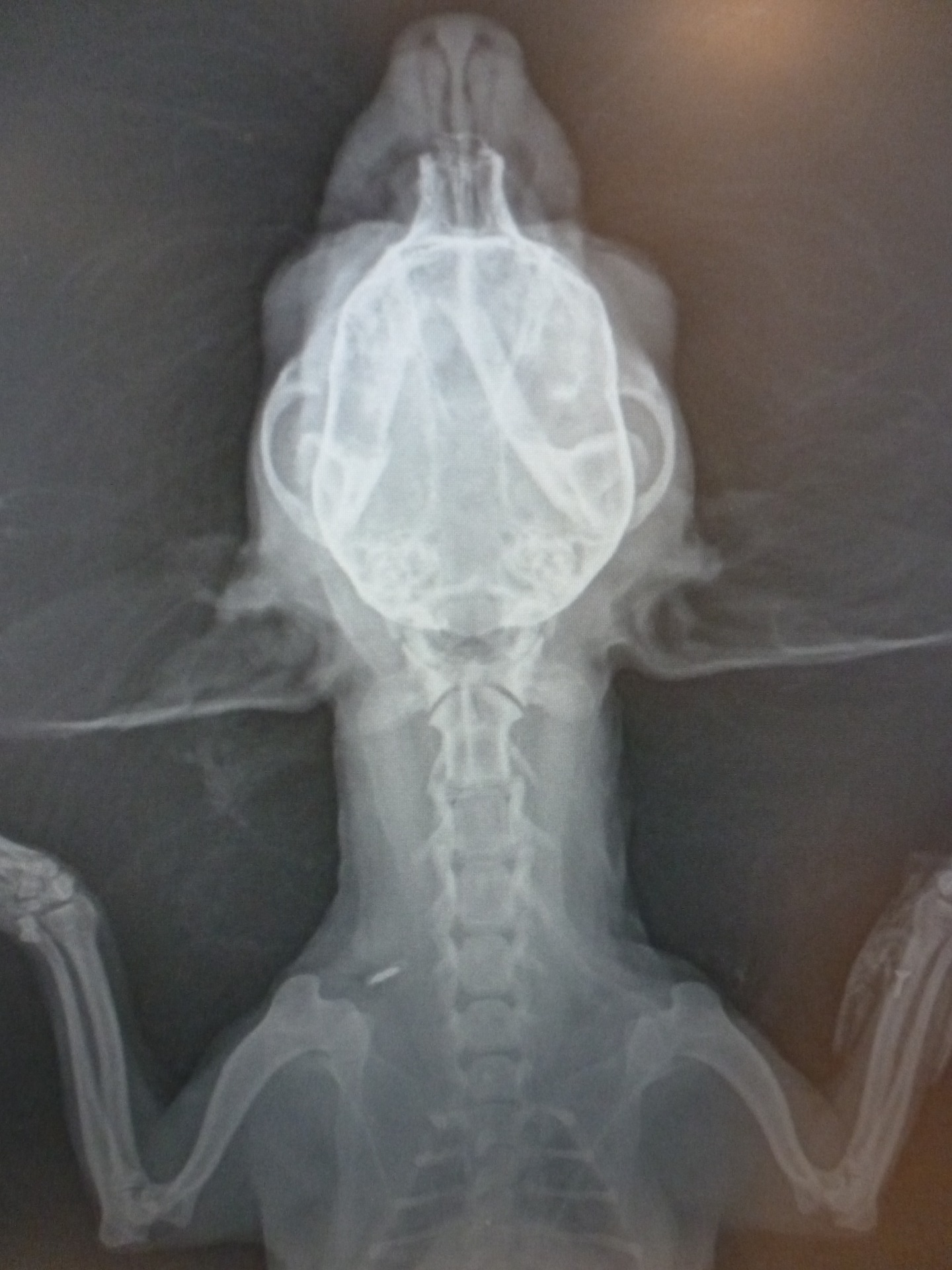
Introduction:
Otitis interna may be associated with otitis media, infestation through the pharynx, or a separate illness within the inner ear.
Symptoms:
There are more severe symptoms than the middle ear infection. In addition to a head tilt, imbalance, circular motions or inclination to the patient's side, and even lateral nystagmus or other eye symptoms can occur.
Treatment:
Treatment of inflammation of the inner ear can only be successful with prolonged drug therapy, so it is imperative that you contact the veterinarian as soon as possible after symptoms arise.
Aural Hematoma (Othematoma)
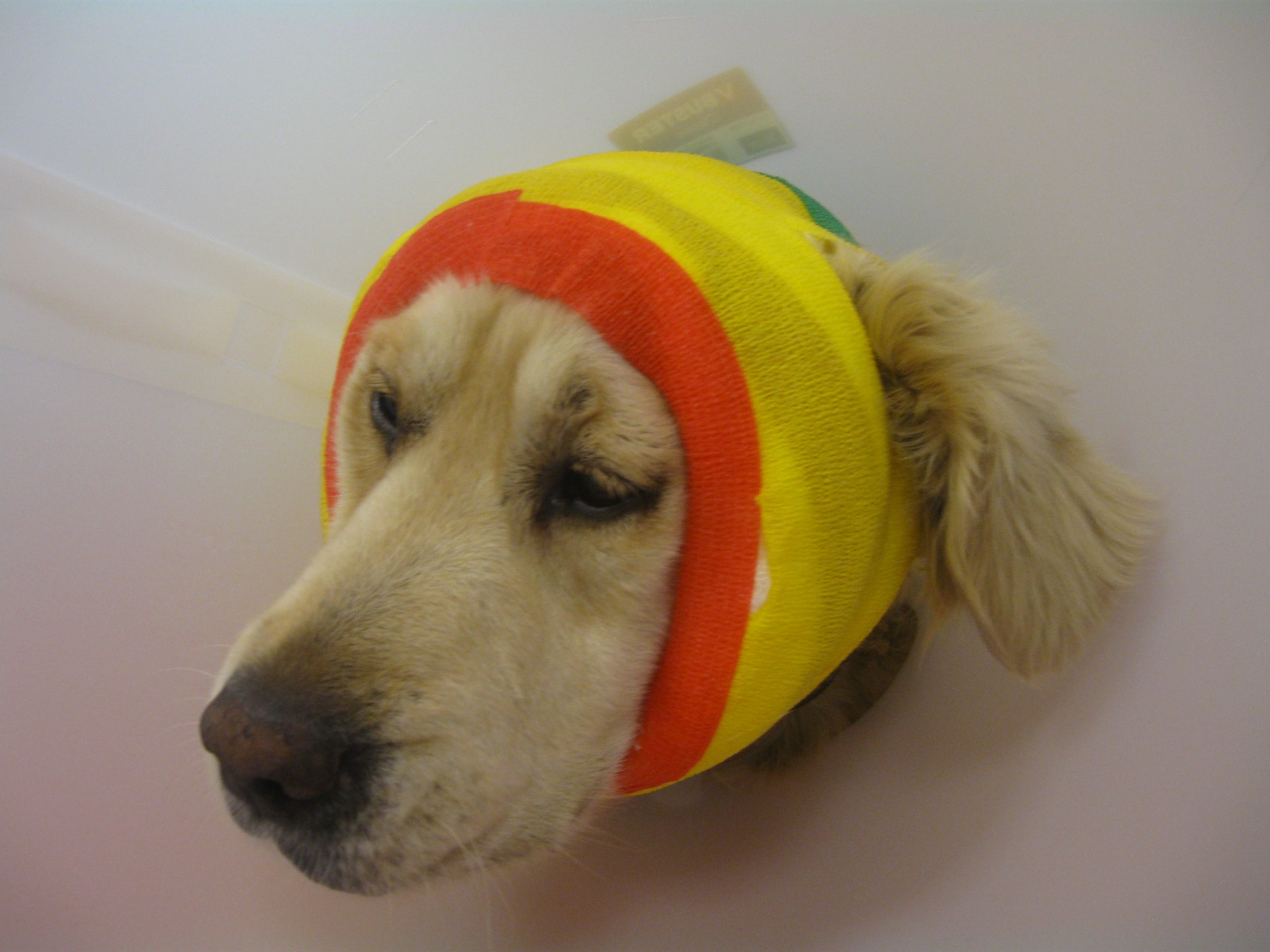
Introduction:
Following an intense head shake, with ear flapping, capillaries between the skin and cartilage of the ear may break and cause a hematoma.
Symptoms:
Swelling of the pinna can be seen and will continue to grow as the hematoma forms. Often, this inflammation will cause pain.
Treatment:
Minor bleeding is usually reabsorbed however, if the entire pinna is filled with blood, only surgery will offer a permanent solution.
Ear Mites
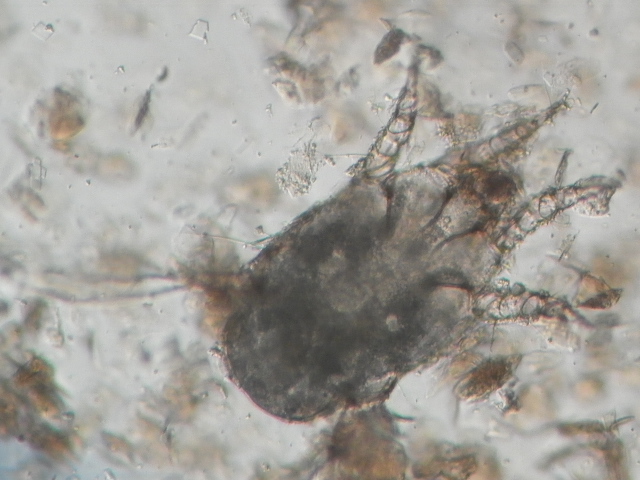
Introduction:
The most common cause of otitis externa in cats is ear mites, which is rarely found in dogs or ferrets. Ear mites are microscopic, spider-shaped mites that feed and lay their eggs in the ear canal.
Symptoms:
As the mites feed, they cause inflammation of the external ear canal. As a result of the mites and the inflammation, the ear can be terribly itchy, and the animal will constantly eviscerate and scratch their ears.
Treatment:
In cases of ear mites, it is not enough to only treat the otitis externa with ear drops, but the mites must be destroyed. Miticidal ear drops and a long-acting acaricide may be required to kill current mites and the mites that have yet to hatch from the eggs.
